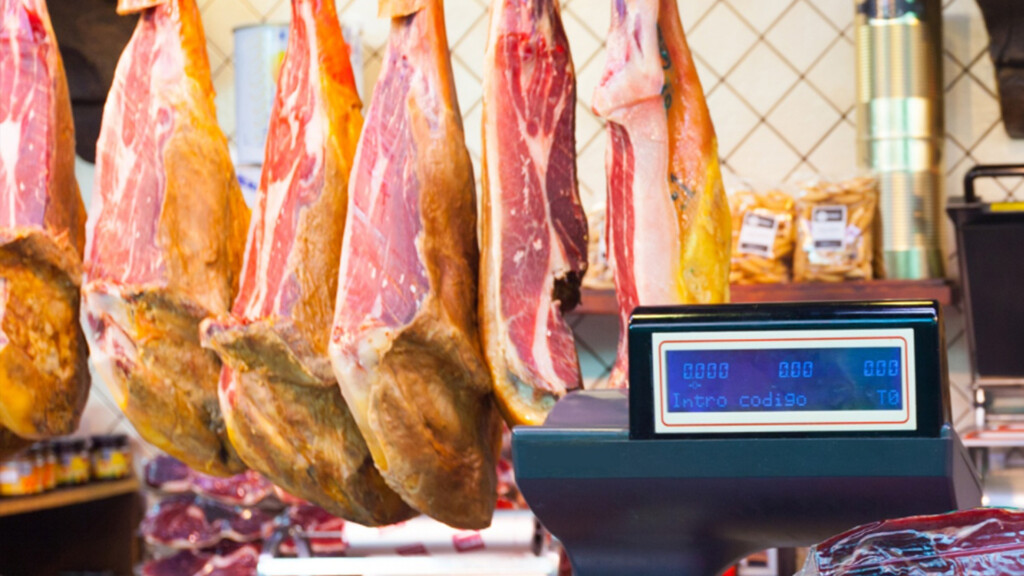PUE Refrigerators: Customer demand and value proposition

Summary
This brief article explains what types of last mile customers may be interested in buying a refrigerator for productive use and what you can do to gauge the level of customer demand.
Use a mix of market research tools
As a first step, conducting rigorous market research is essential to validate whether there is demand for refrigeration in the regions last mile distributors (LMDs) operate in.
This involves studying social and gender dynamics, economic conditions, and cultural contexts, in order to tailor the product offering effectively.
Market research should identify the unique challenges and preferences of the community, and ensure that products meet their actual, rather than assumed, needs.
This can be achieved through various methods such as face-to-face interviews, focus groups and public product demonstrations.
While these qualitative methods provide unique insights and let you empathise with your potential customers, quantitative methods such as SMS surveys and phone interviews allow LMDs to validate demand among a larger group.
Questions to ask
Q1: Which customer segments present the most potential for using refrigeration as a productivity booster?
Q2: How large is this segment and how many customers can you realistically serve in the first year?
Q3: What are the key characteristics of these customers, considering their buying patterns and decision-making processes?
Identify customers with most potential
Sales to small business owners remain the most viable segment for sales of refrigeration for productive use.
Almost half of business owners interviewed in a 60 Decibels and Efficiency for Access study said they purchased a refrigerator because they wanted to generate more income and/or improve their business performance.
LMDs new to refrigeration as a product category are advised to meet with existing users of fridges in the markets they operate.
Finding out what motivated customers to purchase their refrigerator will provide unique insights into how to best target and market to potential users.
A helpful tool to capture a customer’s characteristics is the Persona tool, which can be an insightful exercise for a LMD sales team.

Potential customers for refrigeration for productive use
- Individual farmers or farmer cooperatives
- Restaurants and bars
- Fish farmers and traders
- Micro-retailers selling perishable food and cold drinks
- Livestock farmers
- Health centres and agro-vets
Turn consumer insights into tangible and credible benefits of solar refrigeration
Depending on the chosen customer segments, LMDs can highlight the specific benefits of refrigerators that alleviate critical customer pain points.
Fish traders, for example, can spend less time travelling back and forth between a centralised cooling hub and their retail point of sale if the cooling solution is directly located at the marketplace.
The same benefit might be applicable to micro-retailers selling perishable goods. They can reduce their restocking frequencies, store larger quantities at their shop, and demonstrate to customers that the product is kept fresh.
The time saving benefit might not immediately seem compelling, but sometimes women entrepreneurs have to travel long distances by bicycle each day. This is not only a waste of time, it can also be dangerous.
Solar lanterns that replace kerosene lamps or candles result in a direct cost saving. But solar powered, direct current (DC) refrigerators are rarely a direct substitute for another product. That’s because only a tiny fraction of conventional alternating current (AC) refrigerators have been sold across Sub Saharan Africa.

Build feedback loops
When piloting refrigeration sales, LMDs should first test the product with a sample of customers and collect their feedback.
The saying “seeing is believing” reflects the idea that visual evidence has a powerful impact on perception, understanding and trust. Only once people have experienced the product will they be able to clearly articulate its benefits and the potential impact on their livelihoods.
By engaging with customers regularly during the pilot process LMDs can sharpen their value proposition to their selected customer profile(s).
Piloting sales can also help LMDs understand how selling a small number of fridges can drive demand within the same area.
As an example, POPO’s sales agents reported that if one retailer started selling chilled beverages, there was a ripple effect as community members started looking for cold beverages in other stores as well.
Read next
Read more about selling PUE refrigerators:
- Sales and marketing
- Product and supplier selection
- Consumer finance
- Stock financing
- Logistics
- After-sales support
Read our full publication
Want to learn more? The above article has been taken from our downloadable publication: How to Sell Refrigerators for Productive Use.
Photo credits
Top graphic: Contains the following edited images: photo of woman by Freepik; fridge photo by muhammad.abdullah on Freepik; and fish icon by macrovector on Freepik
First photo: Image by bearfotos on Freepik
Second photo: Image by Freepik
